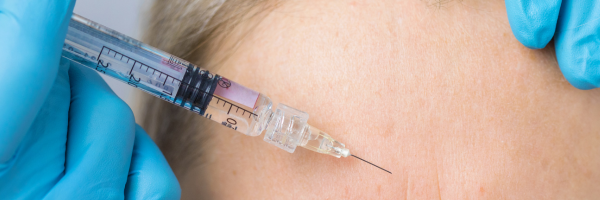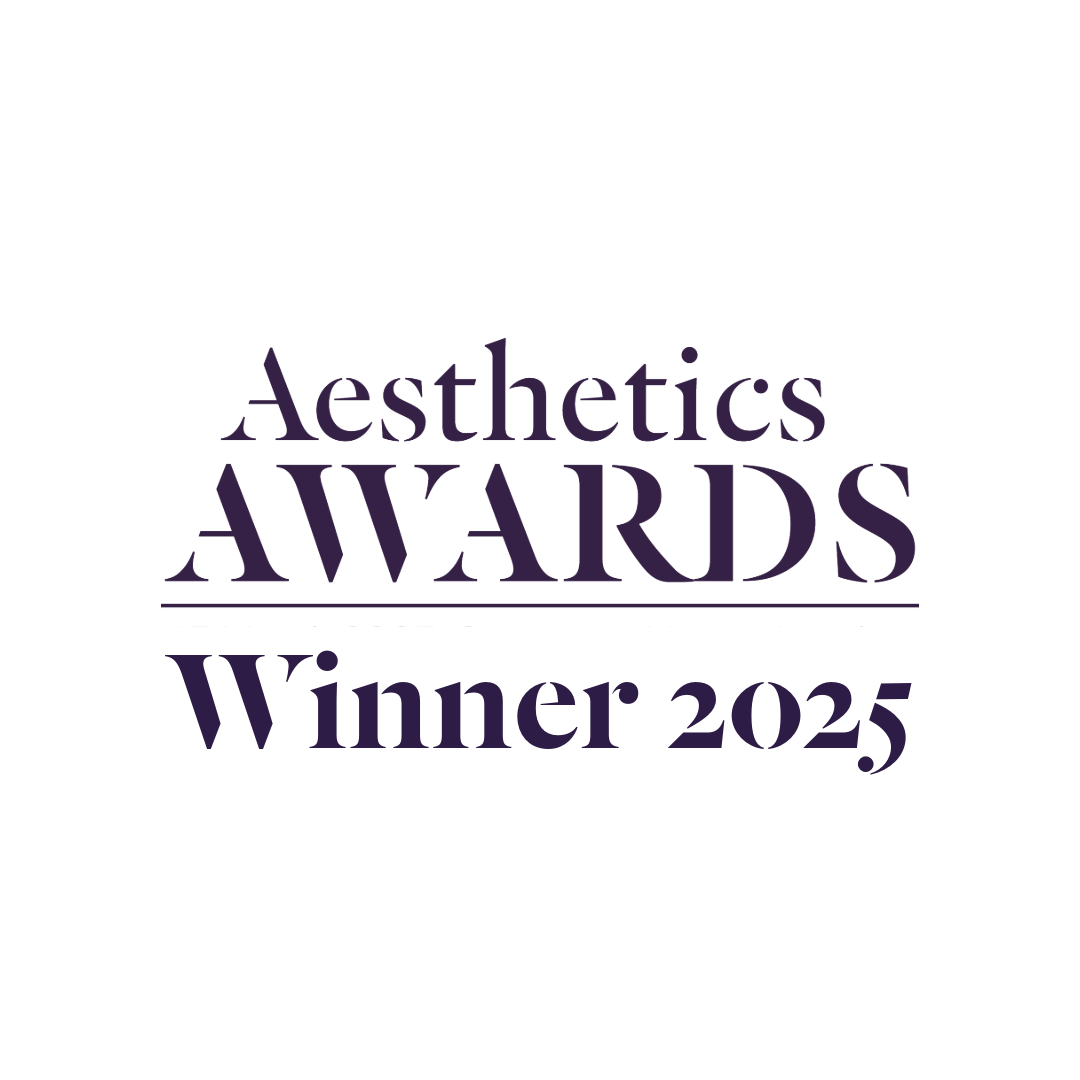Aspiration is a technique that is widely taught to new injectors as a way to assess safety to gauge if they are intravascular in position and if they should continue to inject in that place or not. However, this technique continues to be widely debated amongst injectors within the industry.
With soft tissue filler injections becoming more and more popular, injectors are continually faced with a fear of possible complications. The main complication we are taught to try and avoid is intravascular occlusion with subsequent necrosis of tissue. Aspiration is a widely taught method of trying to predict if the needle is intravascular before injecting. Aspiration is performed by pulling back on the plunger of the syringe before inserting the product, creating negative pressure in the syringe. The theory then is, that if the tip of the needle is intravascular then blood will be drawn back into the syringe causing a positive test result. The practitioner would then not inject and withdraw the needle, potentially avoiding a possible vascular occlusion.
Firstly, there is a discussion about the ability of the filler to come back up the needle and bring blood with it. The rheology of the filler, length and diameter of the needle will affect this. Another is aspirating for long enough with enough pressure. According to Poiseuille’s rheology law, aspirating a dermal filler with a higher viscosity in a longer and thinner needle is more difficult. Therefore aspirating pressure and duration must be adjusted according to dermal filler, needle, and syringe properties. This adjustment in everyday clinical practice seems unlikely given the wide variety of injectors. Some injectors often don’t fully understand the properties of every filler they use and are unlikely to change their newly learnt practice for each chosen product. That being said, the higher G prime fillers do often come with a larger gauge needle so may aspirate at a similar degree to softer products with smaller needles.
So what is the concern with aspiration and why is it being disputed?
There appears to be little argument with a positive aspiration as there are only two possibilities. Either the needle tip is intravascular or is extravascular with surrounding vascular damage. The result for the injector is the same, the injection will be halted and the needle repositioned. The concern with the technique comes from the relatively high false negative rate. This is where the needle is intravascular and there is no positive aspiration.
Another potential limitation is with the aspiration technique itself and whether the needle can be kept still whilst aspirating. If the needle is moved during or after aspiration but before injection the result will be useless. Movement is promoted by many consensus groups as a way to significantly improve safety. (3-5) With continual movement of the needle there will theoretically be less chance to inject a bolus of filler in a single vessel, with any unintentional intravascular filler being of small enough size to be dissipated harmlessly. New injectors face conflicting advice on what to do to be safe.
A possible danger is the injector’s reliance on a ‘negative’ result as it may be unclear due to the other factors mentioned. Aesthetic practitioners must be aware that there are several techniques we use to promote safety whilst injecting and aspiration forms one of those.
Practitioner preference based on their research and knowledge of the products they are using will usually be the deciding factor for whether or not to aspirate for each treatment. Nevertheless, a large majority of practitioners still favour aspiration as it does not cause any harm to the patient and can still provide useful information before injecting the product. The main agreement amongst practitioners is the desire to maintain patient safety. This remains at the forefront of each decision.
Here at Cosmetic Courses, we teach the importance of safe techniques and managing possible complications from the beginning of our delegate’s journey. This continues from a foundation to an expert level as we believe it is vital to expand our knowledge of this exciting, growing industry.











